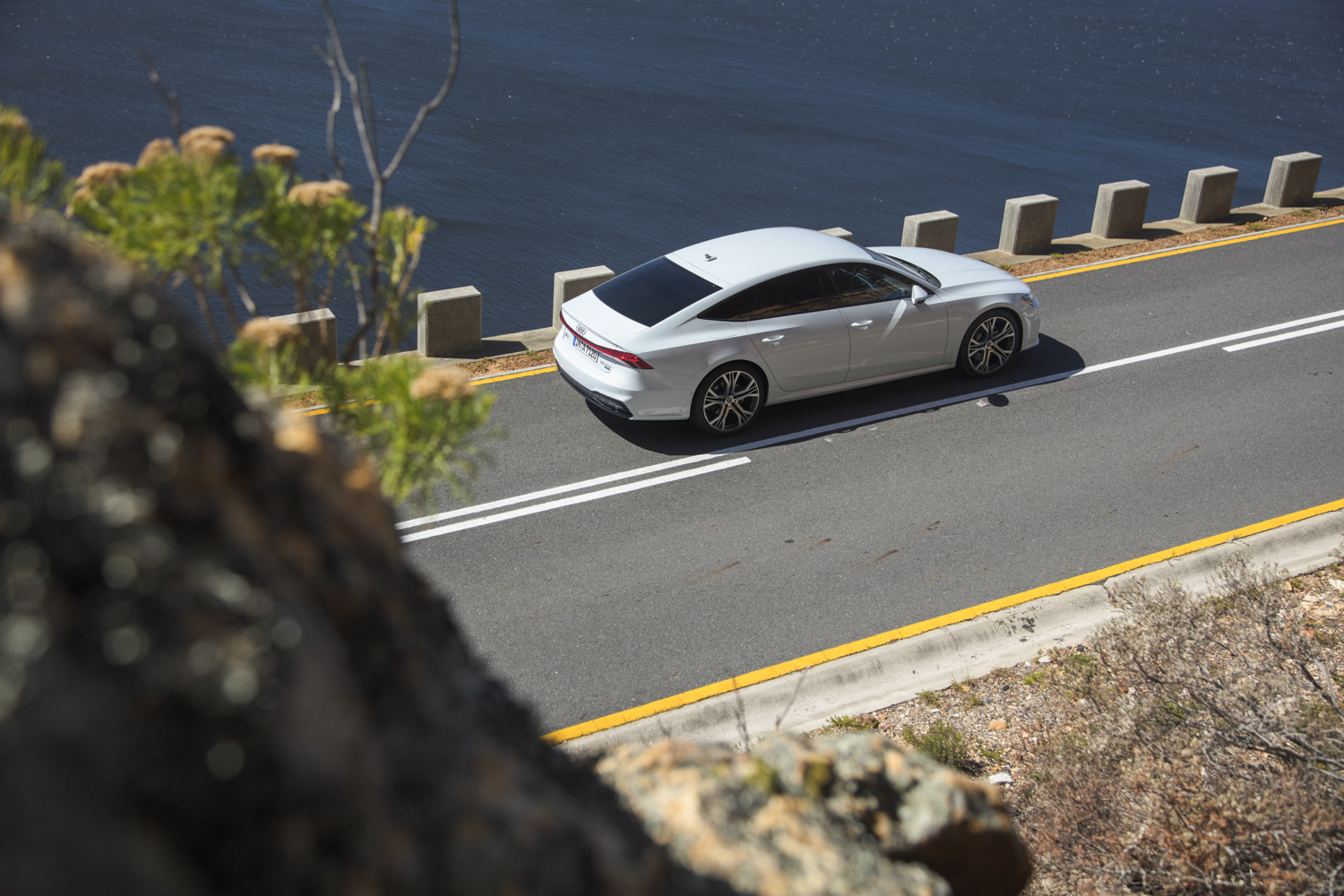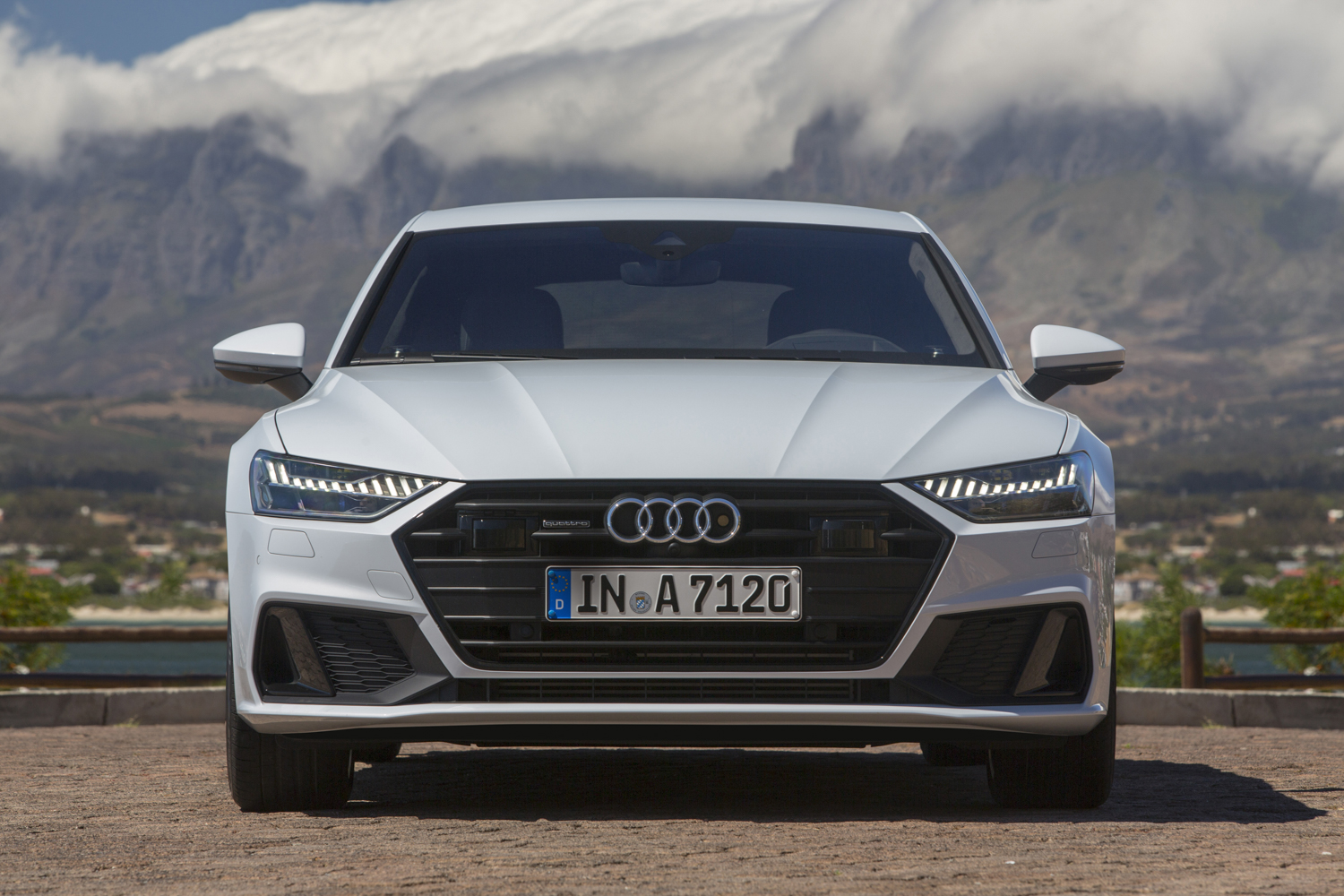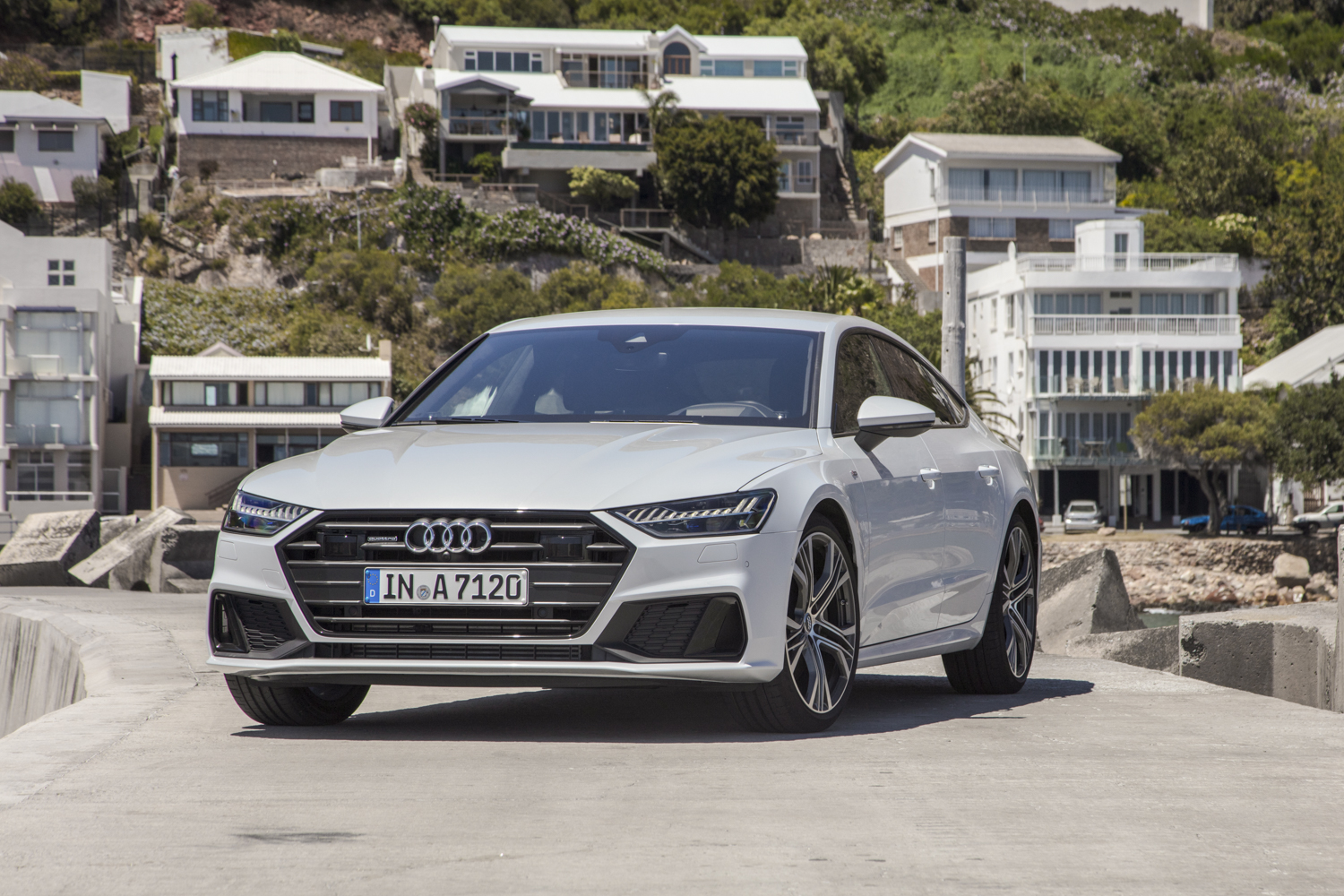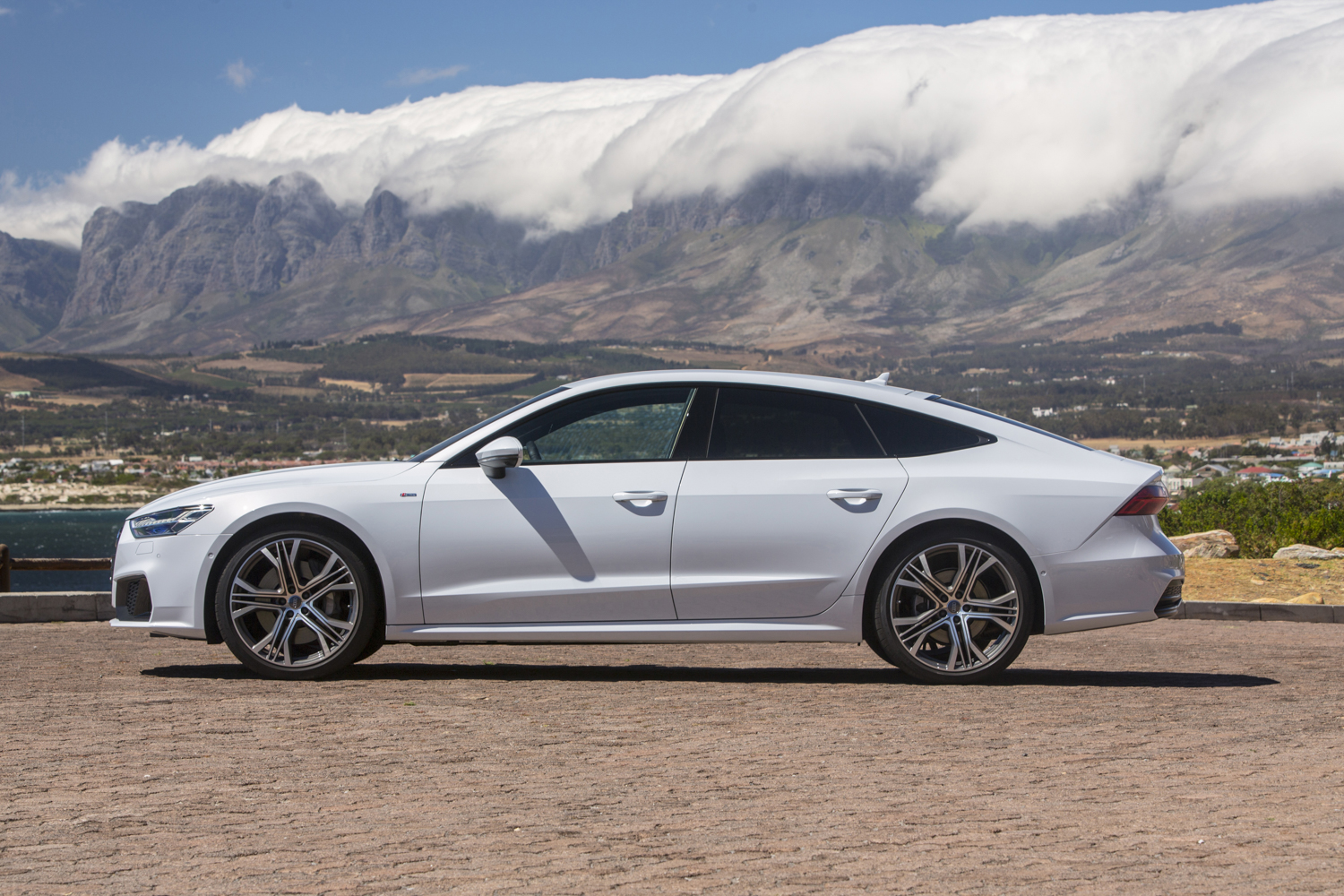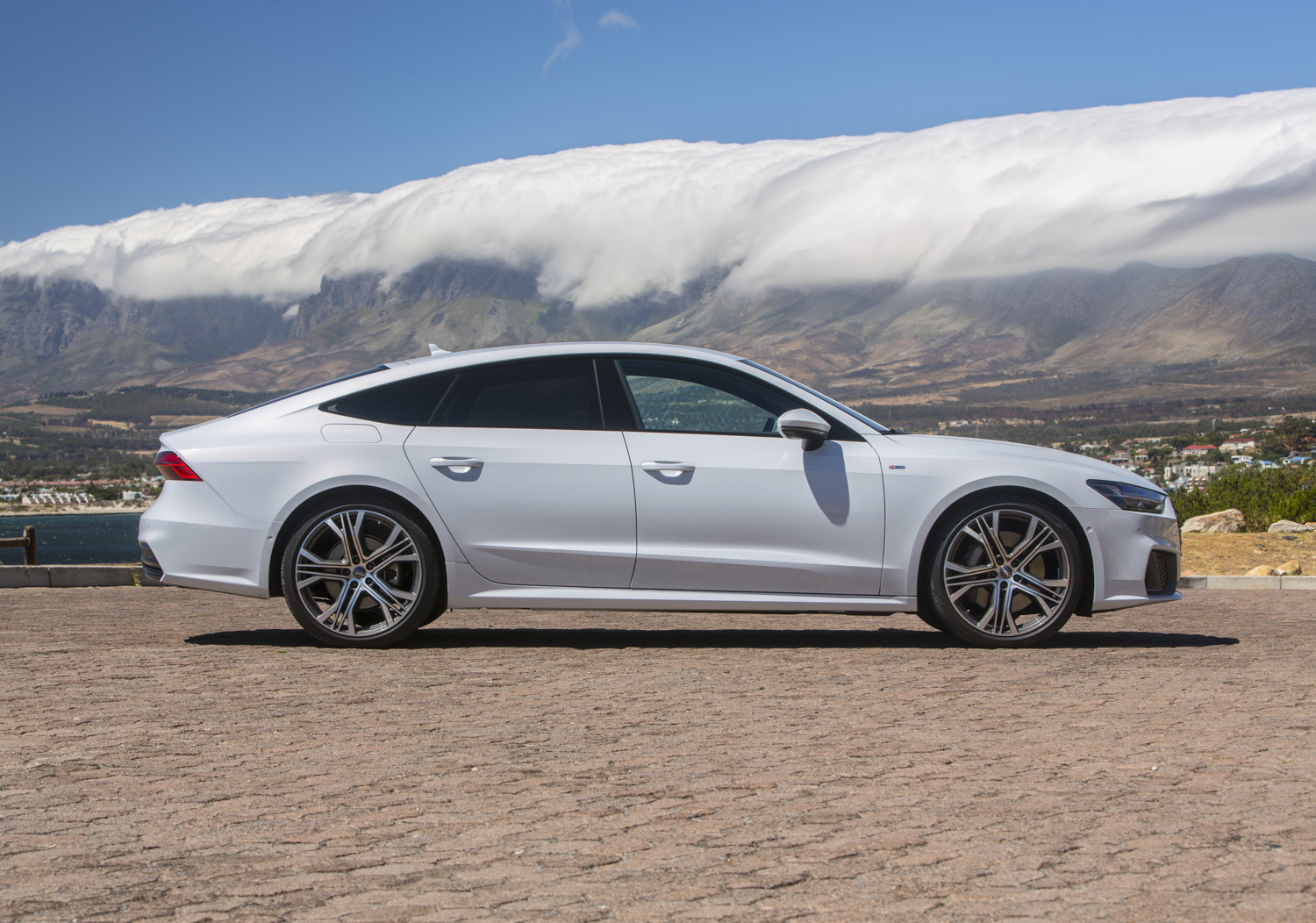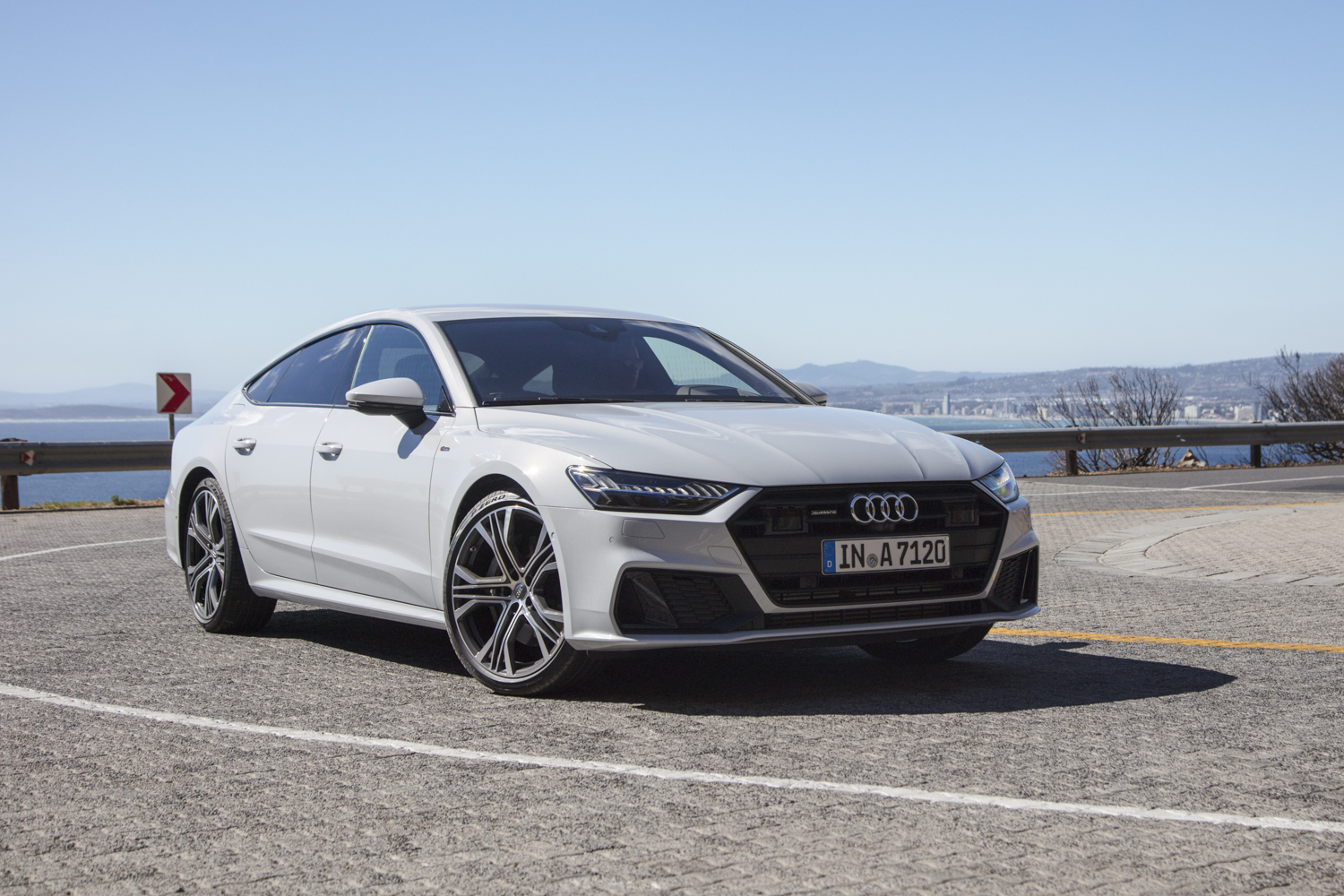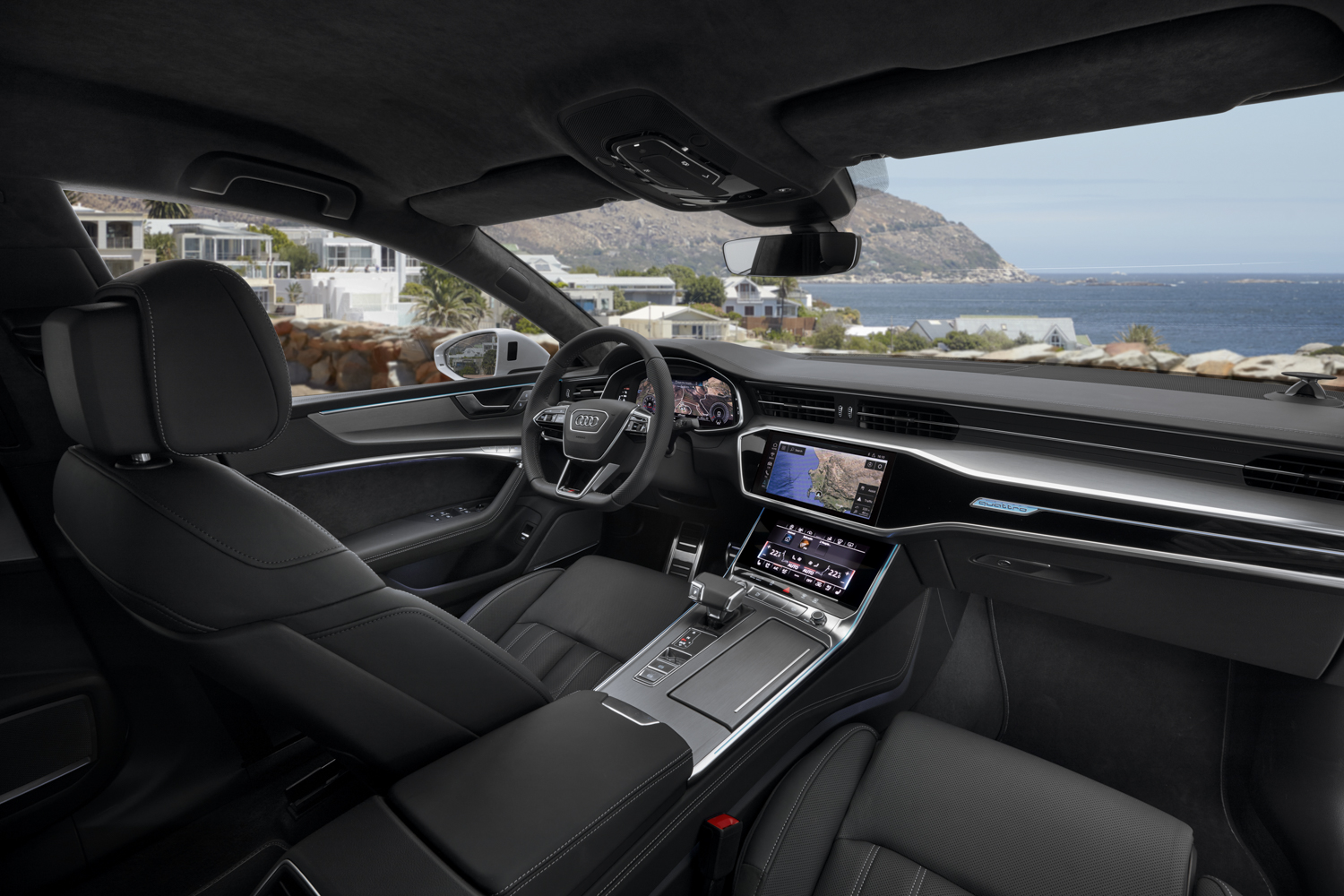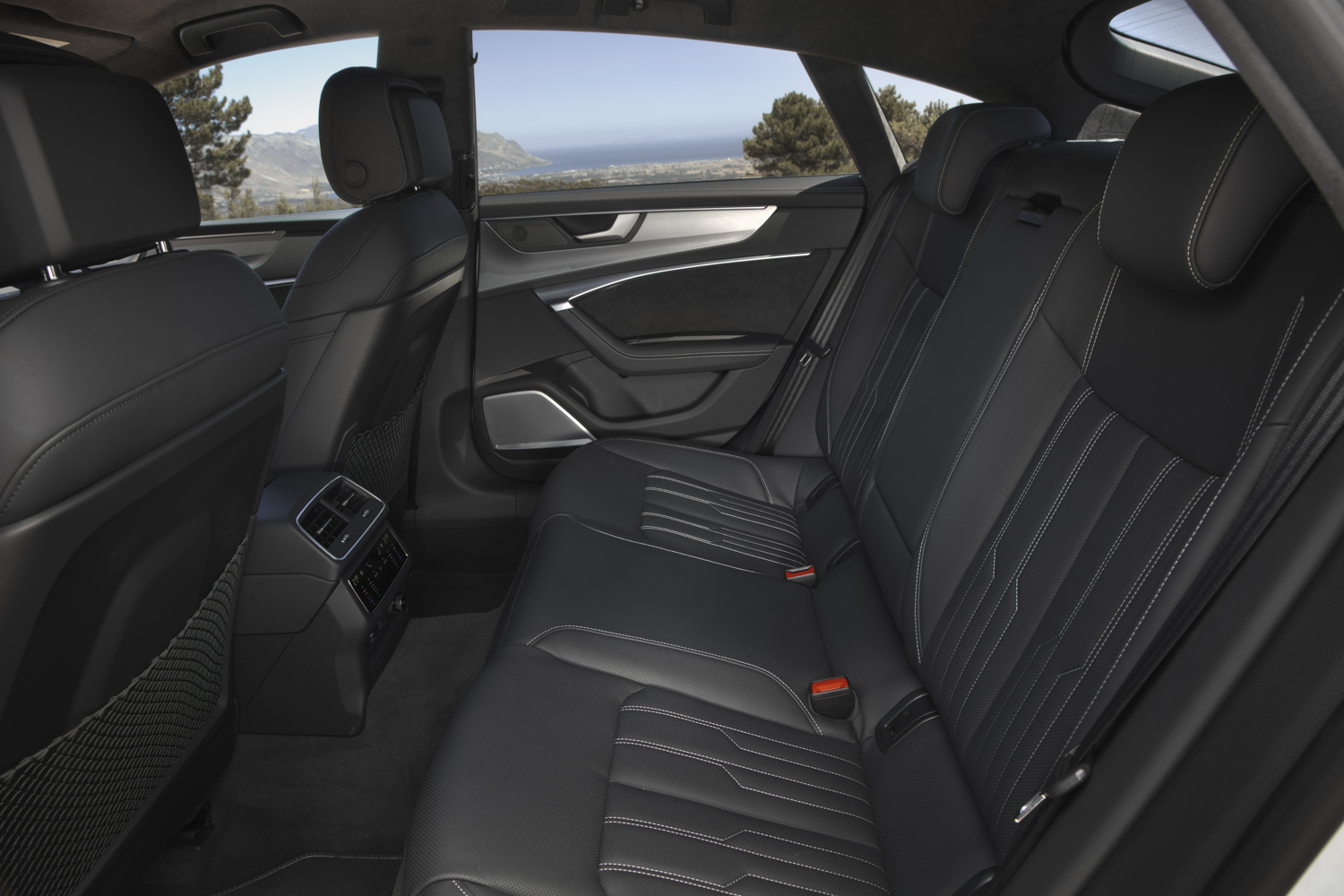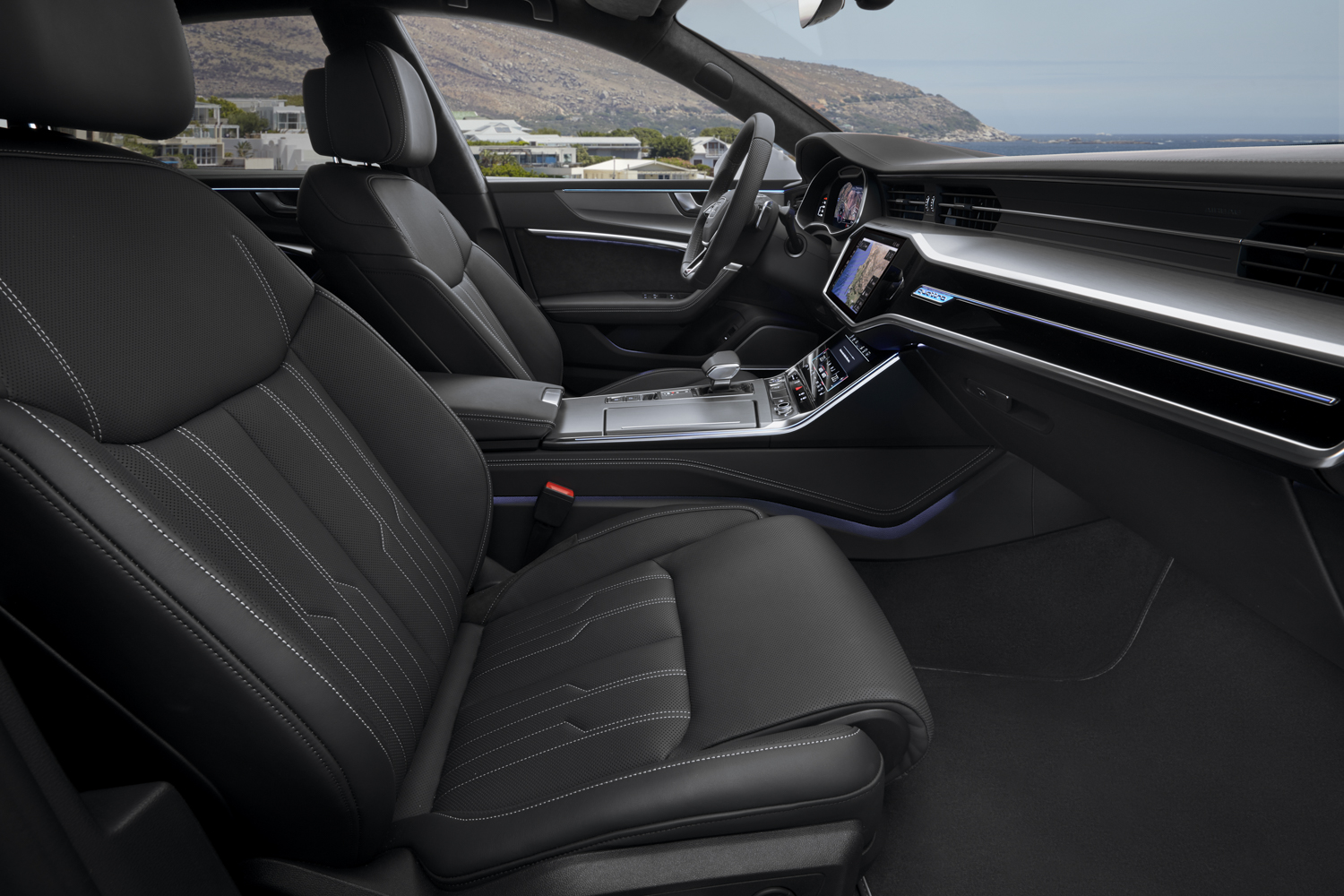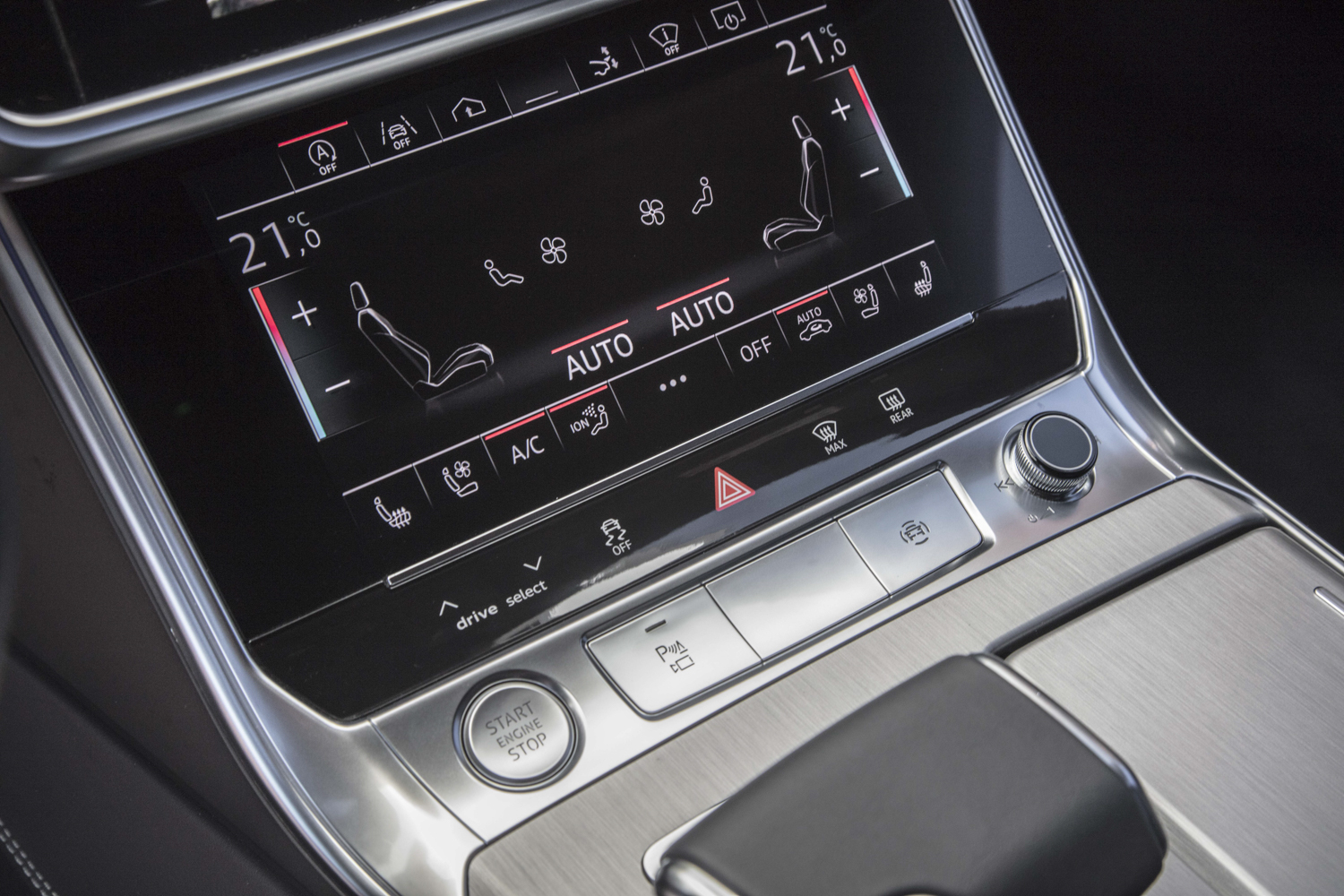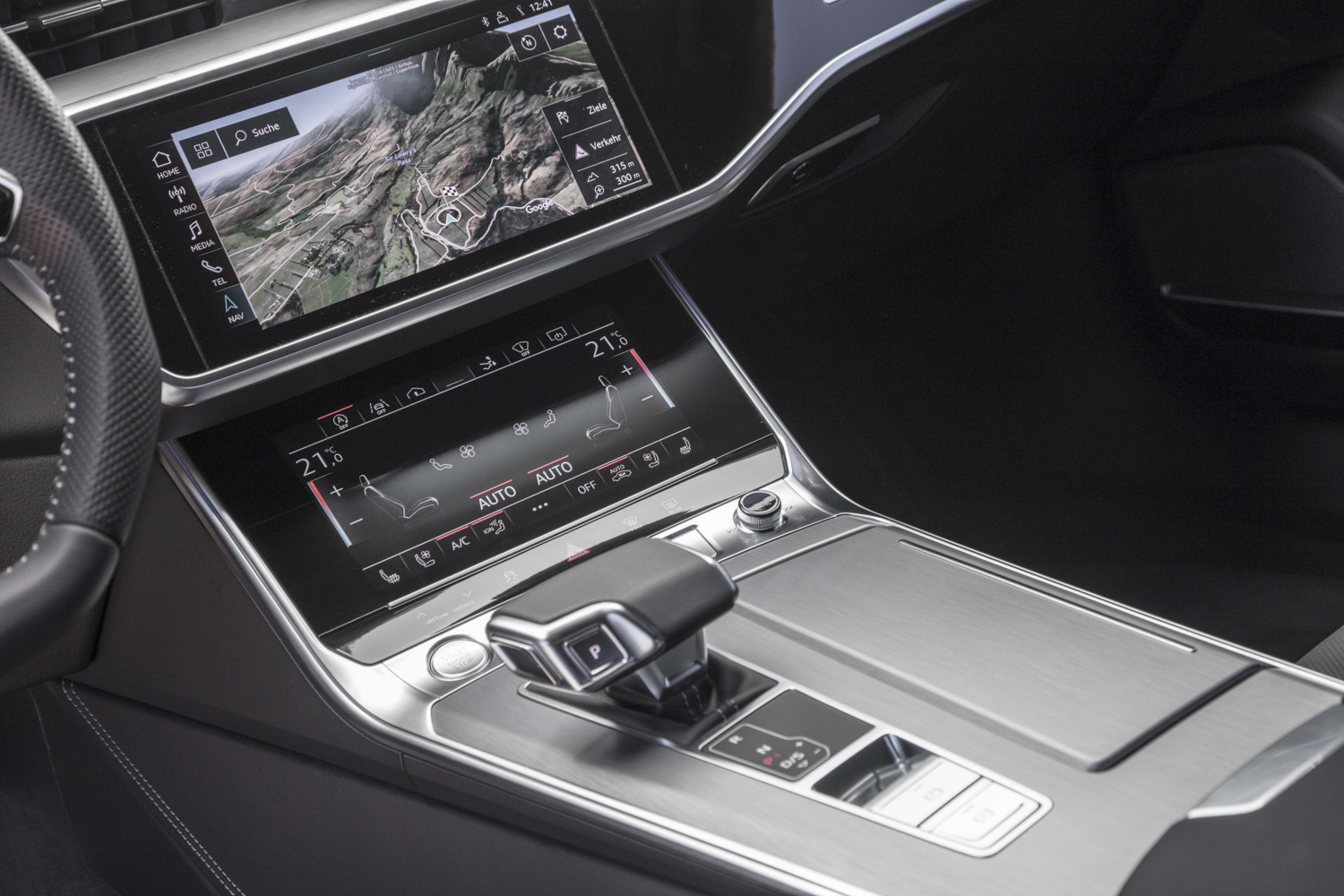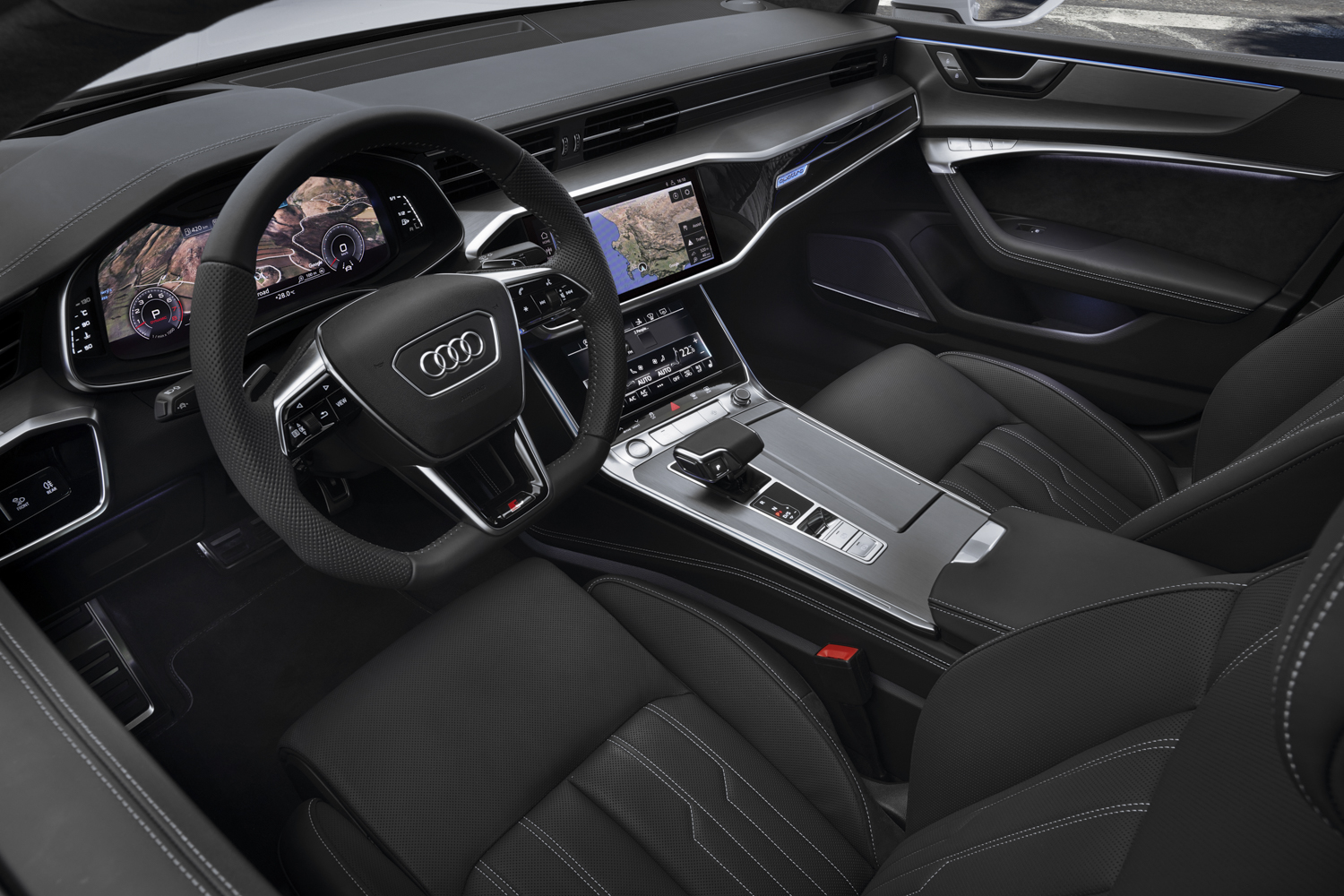Have you been eyeing the latest rendition of Audi’s tech-savvy A7 Sportback? Well the deal just got a little sweeter as Ingolstadt’s finest just announced the pricing list for the new 2019 Audi A7. Most of all, it includes a new entry-level base model, which starts at a cool $68,000 for the Premium model.
Stepping up to the Premium Plus stamps the invoice at $72,400 with the fully-loaded Prestige model topping out at $76,300.
Read our first-drive review of the 2019 Audi A7 here.
The 2019 Audi A7 made its official North American debut earlier this year at the North American International Auto Show in Detroit. In addition to a complete redesign from the ground up, Audi made sure not to leave out any technology. For example, it’s one of the first Audi models to receive the company’s latest 48-volt vehicle electrical system and its unique belt-alternator-starter, or BAS, combination unit.
The latter essentially incorporates the car’s alternator into the starter for the engine, allowing for the integration of a small electrical motor for propulsion. The result is that the latest and greatest Audi A7, even with its standard configuration, comes as a “Mild Hybrid Electric Vehicle,” meaning that BAS unit is also used to briefly accelerate the car from a standstill. It then works with the auto engine stop-start system for smooth takeoffs.
The technological innovations are more than just skin-deep. On the exterior, Audi equipped its inventive high-intensity-discharge (HID) LED-based Matrix laser headlight system that’s been making waves in Europe over the past few years. Unlike other HID headlight setups, Audi’s systems allows precise control of the beam to avoid blinding oncoming drivers and for intelligent lighting, such as being able to illuminate curves ahead and incorporating smart automatic high beams.
Furthermore, the A7 also still comes loaded with passive and active driver assist and safety systems. These include Audi’s “pre-sense 360” system and its latest radar-guided cruise control, Adaptive Cruise Assist. And the list goes on with intersection assist, which utilizes a range of four wide-angle cameras to render a real-time 3D model of the A7 inside the car’s safety computer. It then senses when the A7 is approaching a traditional cross-intersection and the system then provides a view using those cameras to make sure the driver can maneuver the intersection safely.
Then there’s the usual arrangement of pre-collision detection, pedestrian detection, collision avoidance systems, rear-cross-traffic alerts, and more.
But while those systems work behind the scenes for a seamless driving experience, drivers get to interact with more of the A7’s technology thanks to Audi’s latest MMI infotainment system with Audi’s virtual cockpit. Not only does it incorporate Google Earth for an immersive navigation experience, Audi’s system also supports 4G LTE data connectivity for real-time traffic updates and applications.
Under the hood sits a standard 3.0-liter turbocharged V6 offering 335 horsepower and 369 pound-feet of torque for a 0-60 time of just 5.2 seconds, thanks to an S tronic dual-clutch automatic transmission.
